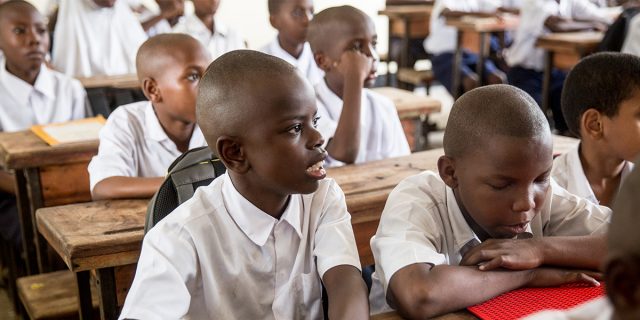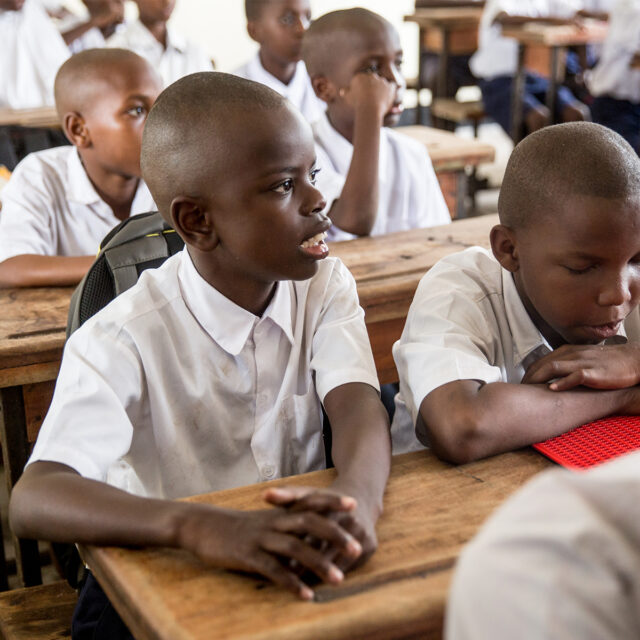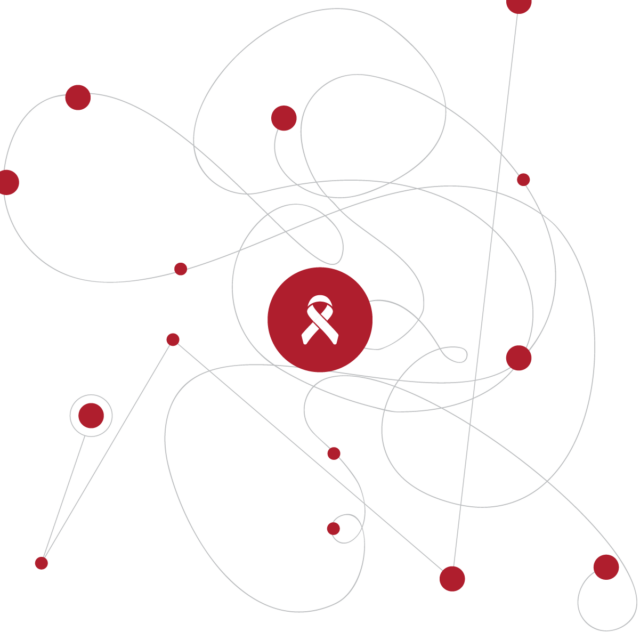The fight against extreme poverty can’t be won without data. After all, we can’t find solutions if we don’t know where there are problems. Luckily, we have a new way of discovering where progress needs to be made.

The highly-anticipated Human Capital Index was launched as part of the World Bank’s Human Capital Project. It compares 157 countries, based on the amount of human capital – knowledge, skills, and health – that a child born in each country today can expect to have by age 18. The index creates scores from five indicators: mortality rates for children under five, a child’s expected years of schooling, quality of learning, adult survival rates, and height for age (stunting) rates.
World Bank Group President Jim Yong Kim freely admits that the institution’s new index is going to be “wildly controversial.” After all, some countries will not be happy with their score. Despite the controversy, it’s essential to shine a spotlight on why we need to invest in people. At its core, this ranking shows what needs to be done to boost productivity and end extreme poverty.
Globally, 56% of all children born today will grow up to be, at best, half as productive as they could be because governments are not investing in their futures. There’s a clear link between improved health and education outcomes and increased productivity and growth – which is why the index strengthens the economic case for investing in people. When people are not given the means to be productive, they are more likely to remain in poverty from lack of health and education, leading to less lifetime earnings.
The situation is particularly worrisome in sub-Saharan Africa. 19 out of the 20 lowest-ranking countries are in Africa. All of them are classified as a fragile state or a least developed country (LDC), meaning they have the fewest resources and face some of the most severe structural barriers to development. A child born today in the region will reach 40% of their full potential at the age of 18.
These numbers are an average, but the reality in some countries is even worse. A child born in Chad – the lowest ranked country, which is also a fragile state and LDC – today will be less than a third as productive when they grow up as they could be if they enjoyed complete education and full health.
A lack of investment in children is part of the problem. For instance, annual government spending per student in primary education is significantly lower in sub-Saharan Africa than in other regions.
Africa’s population is expected to double, reaching roughly 2.5 billion by 2050, and half of the current population is under the age of 25. Now is the time for action. Africa’s youth deserve the opportunity to reach their full potential. We will not end extreme poverty by 2030 without investing in today’s youth.
A primary objective of the index and the Human Capital Project is to generate political attention, leading to action and transformative investments. Nearly 30 countries, including several African countries, have already responded and are collaborating with the World Bank to develop a package of policies and interventions.
With the Human Capital Index, we now have more answers on how to improve human capital. When people are given the resources they need to succeed, thrive, and survive, the whole world can benefit.
Want to join in the fight extreme poverty? Become a ONE member today!



